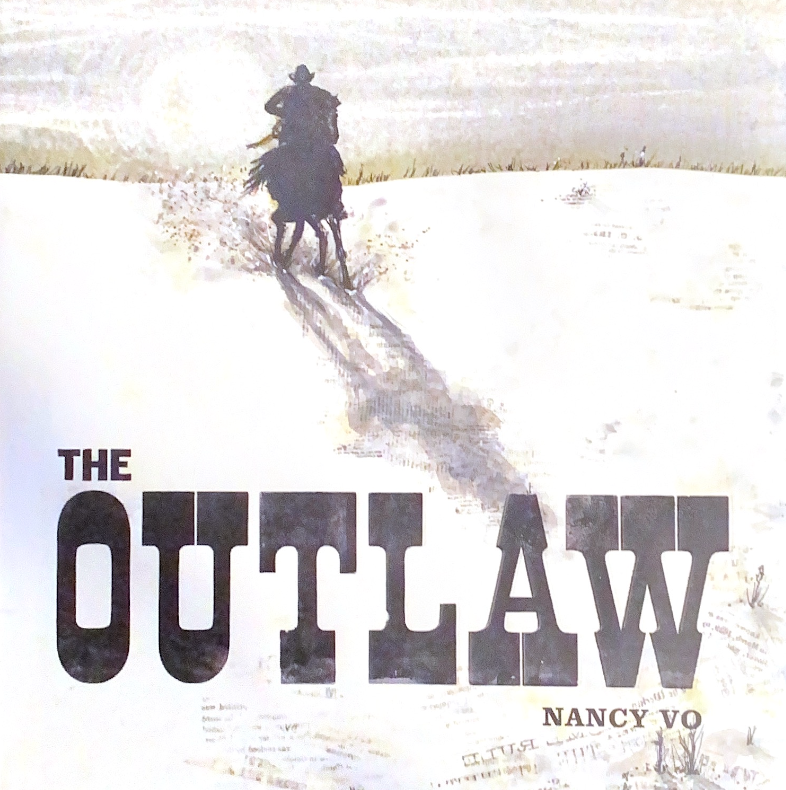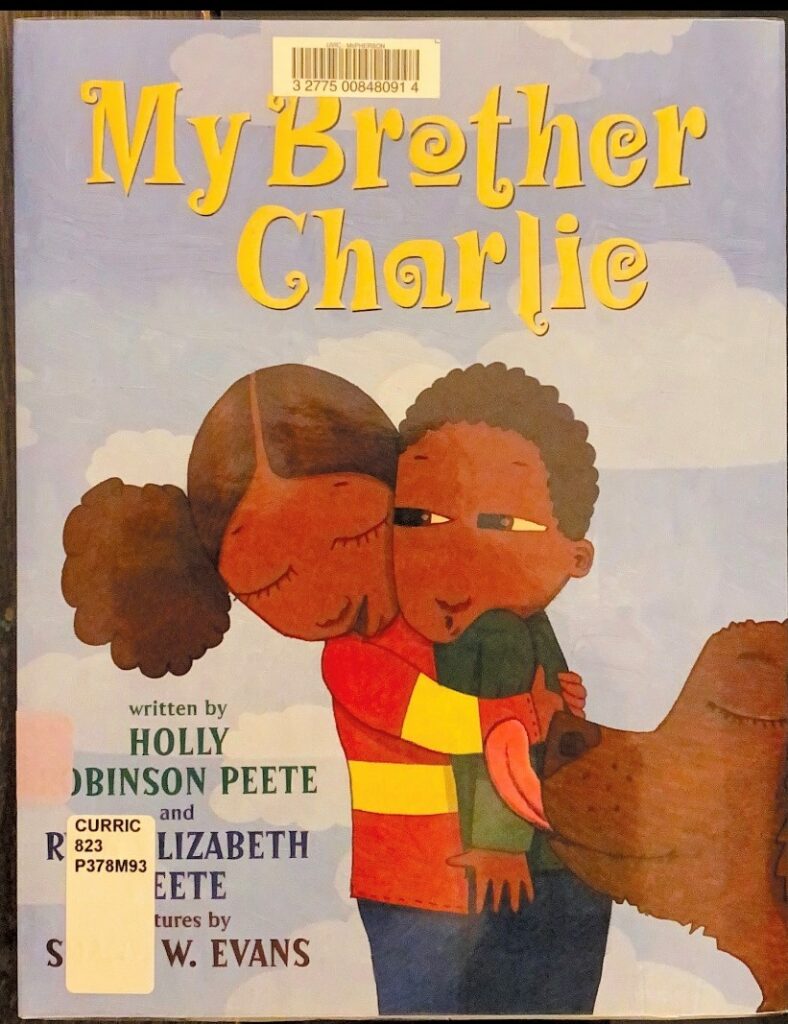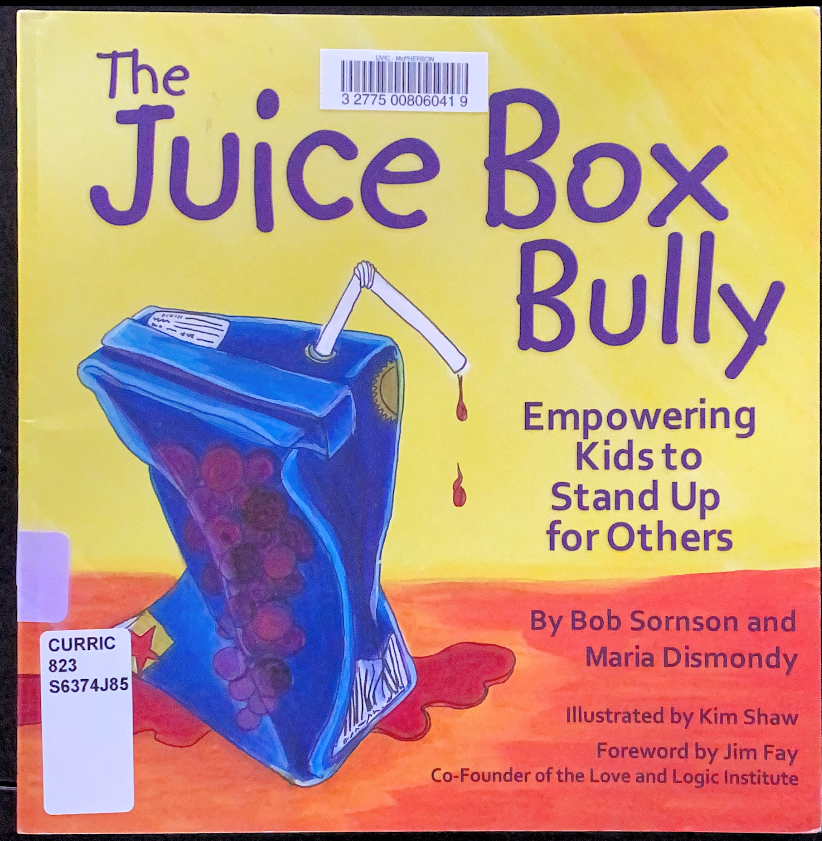This week’s book is “The Outlaw” by Nancy Vo. The story aims to teach children about forgiveness and conflict resolution. The illustrations are very unique and well-done, and the pages are not taken up by long sentences. Instead, Vo chooses to use short, meaningful sentences and let the reader interpret the storyline situations themselves. This book is a great resource for classrooms with both younger and older students and it could lead to many significant classroom discussions.

This book begins by introducing “the outlaw” – someone who has a reputation of misdeeds. The townspeople warn each other to stay away from “the outlaw.” The shopkeepers close there doors early and the school teachers protect the children. Finally “the outlaw” decides to leave the town and no one expects him to come back. But then one day, after some time, a stranger enters the town and begins to repair the water trough, fix the schoolhouse roof, and work on the broken train platform. One day, someone recognizes him and reveals his identity as “the outlaw.” All the townspeople despise him and make him feel unwanted in the town, except for a small schoolboy who exclaims “leave him alone! He’s trying.” Some of the townspeople felt sorry for their actions whereas others did not change their minds. Nonetheless, the people of the town went back to their daily lives and “the stranger” continued to fix his mistakes that he made as “the outlaw.”
Now the book explicitly states that the stranger is “the outlaw,” and I’m sure older students are able to make that connection even before the author has introduced it. However, I like the idea that “the outlaw” is making an effort to fix his mistakes. I think sometimes kids automatically label themselves as “difficult,” “uncooperative,” or even “unteachable” when they do something wrong. This book provides the opportunity for the student to relate to a character that feels like an outsider, but still works to make amends for their wrongdoings. It also helps kids to exercise forgiveness with their classmates, as the schoolboy and townspeople did with “the outlaw.” Children know when they have hurt a friend, or have been hurt by a friend. By “the outlaw” coming back into town he is asking for forgiveness, and because of his asking he receives it.
This would be a great story to read to a class that may struggle with conflict resolution, but also with a class that does not. Sometimes there doesn’t need to be a problem present in order to discuss how to solve it. I haven’t read many books on conflict resolution, but “The Outlaw” would be a great addition to any classroom that is in need of one!
Critiques: none. I enjoy the simplicity.









